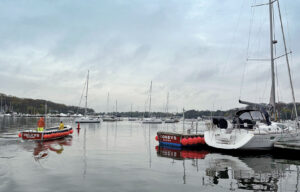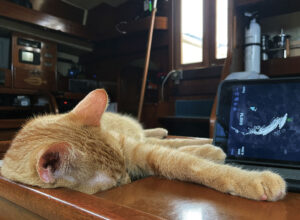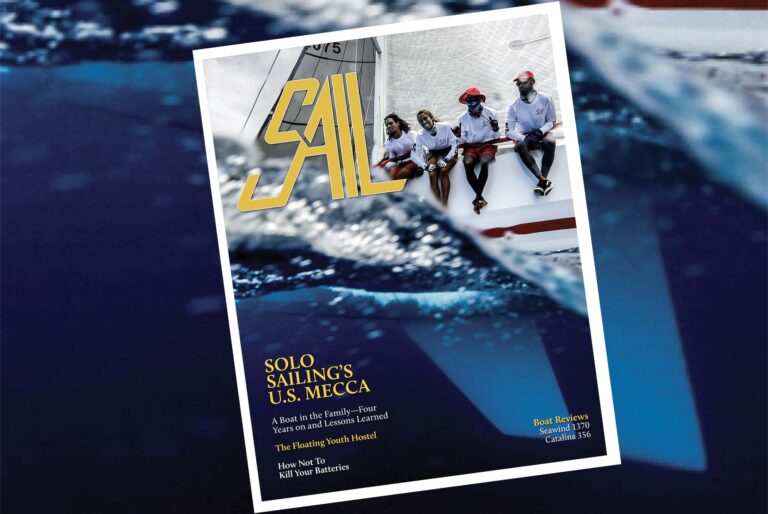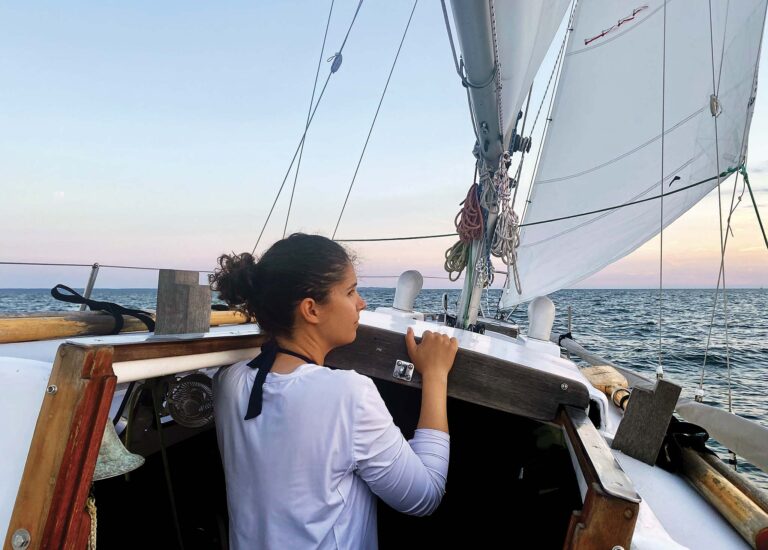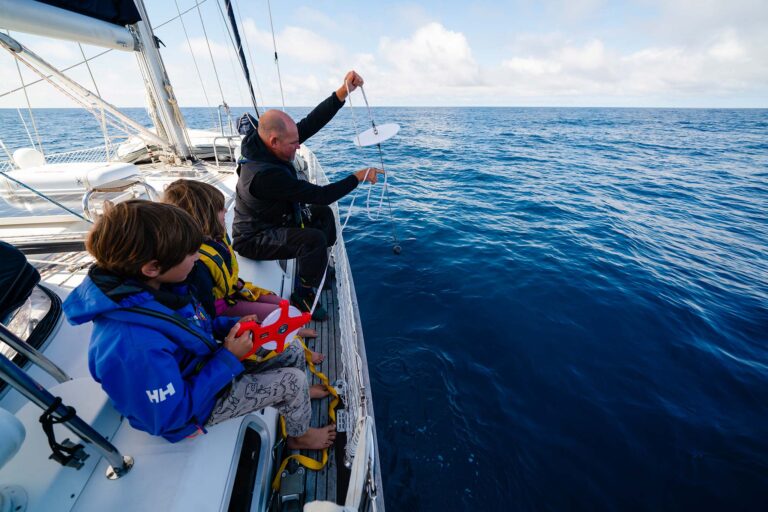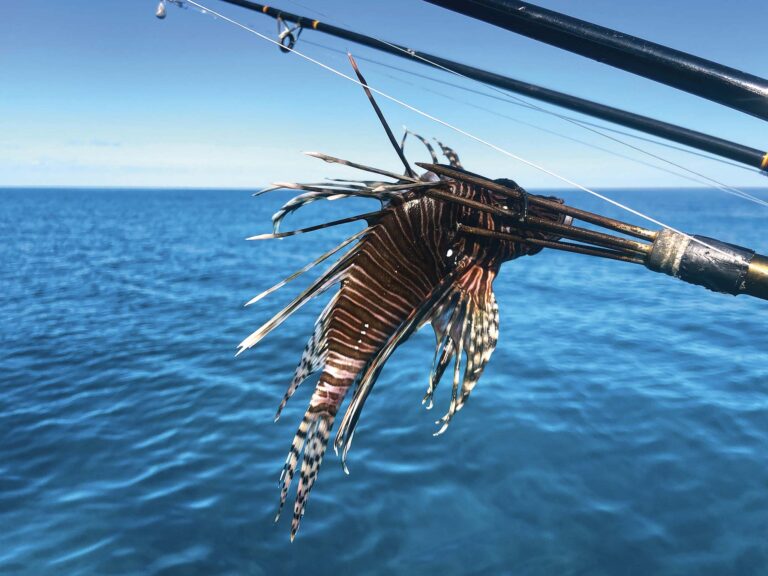After writing last month’s note about minimalist cruisers Thies Matzen and Kicki Ericson and their exploits in the much-traveled 30-foot sloop Wanderer III, I was overcome by some uncharacteristic soul-searching. Like many sailors I’m a total gearhead; had I the wherewithal to acquire all the equipment I covet and the time and/or money required to install it, I would need a bigger boat in order to accommodate it all.
I know very little of this gear is essential. The problem is that it’s so infernally seductive. For instance, my current GPS/plotter/AIS setup works extremely well and does everything I need it to do—its capabilities would have been the stuff of science fiction just a couple of decades ago—but I’ve been looking at a couple of systems that will also converse with my phone and iPad, control the stereo, show me gloriously detailed images of the sea bed, listen sympathetically to my batteries’ tales of mistreatment, rule the remainder of the instruments with an iron fist and, for all I know, commune electronically with beings in distant galaxies.
Naturally, these features sound pretty good to me, and such a system would provide all the excuse I need to install a 4G radar, new multifunction instruments, and of course a solar panel and wind generator to feed this gaggle of power-craving dependents.
Anyway, this train of thought was rudely interrupted by the news of Thies and Kicki’s twin cruising awards, which provided a timely reminder that the purpose of technology is to enhance life, not become an end in itself. The train was derailed once again by the LightSquared shenanigans (see pg. 27), which threatened to thoroughly mess up GPS as we know it, thereby rendering useless even the most sophisticated of nav systems. Can you imagine dusting off your sextant and reclaiming your handbearing compass from the forgotten recesses of the chart table? Trading the certainty of knowing where you are for the heart-in-mouth hope that you’re not where you’re afraid you might be?
So for me, it’s compromise as usual: a stack of pilot books, tide tables and paper charts, dividers, parallel rules and an elderly chartplotter with a chip that covers the entire eastern seaboard. Wind, depth and speed instruments, a VHF radio, a handheld GPS for emergencies. Nothing talks much to anything else, and I can live with that. It all seems bare-bones simple to me, but to some sailors it’s probably unacceptably complex. Still, those new multifunction displays look mighty tempting…
Meanwhile, I’ve tuned out the siren call of electronic gadgetry (for now) by concentrating instead on upgrading my boat’s sail-handling systems. It now sports spanking new sheet tracks with genoa cars that can be adjusted, under load, from the cockpit. I’ve rationalized this expenditure and effort by telling myself these goodies make headsail trim safer, simpler and more efficient, thereby increasing the fun I’ll have sailing the boat. And to me, that—making sailing more enjoyable—is what technology should be all about.



